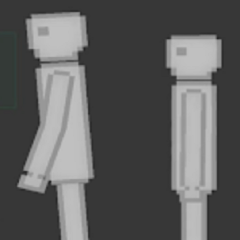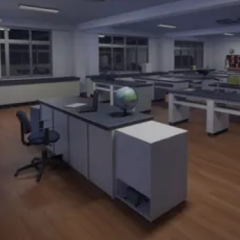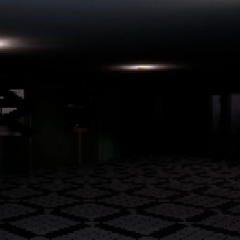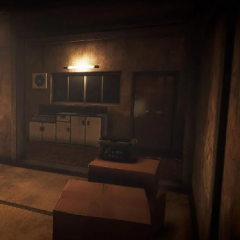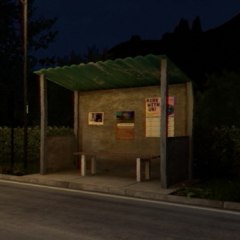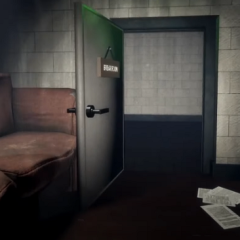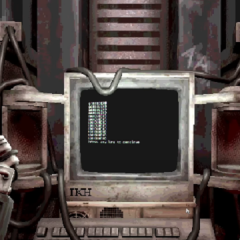Overcome Your Fears – Caretaker begins with a simple task: Steve Jackson, a 19-year-old student, agrees to look after a quiet house while his friends are away. The job is straightforward — keep the lights on, check the doors, make sure nothing goes wrong. The first few minutes are calm, almost uneventful, but small irregularities begin to appear. The sound of movement behind walls, a door that doesn’t open the same way twice, or a hallway that feels longer than before. What starts as responsibility soon becomes a study of perception and control.
The Setting and the Task
The game takes place entirely inside a single residential property. Its rooms are familiar — a living room, a kitchen, a hallway — yet they never stay fully consistent. Each time you pass through, something has changed, forcing you to rely on observation instead of memory. The player is asked to perform ordinary actions: flipping switches, carrying objects, reading notes. These actions create a rhythm that feels mechanical, but within that rhythm, the game hides its tension. The longer you repeat simple tasks, the more their meaning fades.
Gameplay and Controls
Overcome Your Fears – Caretaker uses basic interaction mechanics. There are no weapons or combat systems, and progress depends entirely on how well you pay attention to your surroundings.
· Move with W, A, S, D
· Sprint with Shift
· Crouch with C
· Interact with E
· Drop items with G
These minimal tools allow you to explore at your own pace. The simplicity of the interface makes every small action — opening a door, picking up an object, turning on a lamp — feel deliberate. Each movement reveals new information about the house, though what you find often raises more questions than answers.
The Structure of Fear
The central idea of Overcome Your Fears – Caretaker is that fear grows from familiarity. The more time you spend inside the same space, the less predictable it becomes. Instead of relying on sudden threats, the game builds unease through gradual distortion. A wall may shift slightly, a sound might repeat at the wrong moment, or a message may appear in a place you already checked. This design transforms the house into a reflection of the player’s own uncertainty. You are not running from danger — you are learning to recognize it in everyday patterns.
Development and Expansion
Overcome Your Fears – Caretaker is currently a demo that introduces the foundation of a larger story. It can be completed in about twenty minutes, though careful players may discover hidden paths and a secret ending. The developer plans to add more events, deeper interactions, and expanded narrative layers in future versions. The project explores the boundary between order and distortion, using repetition as its main instrument. Each playthrough becomes an experiment in patience — a quiet reminder that fear does not always come from what is new, but from what refuses to stay the same.






